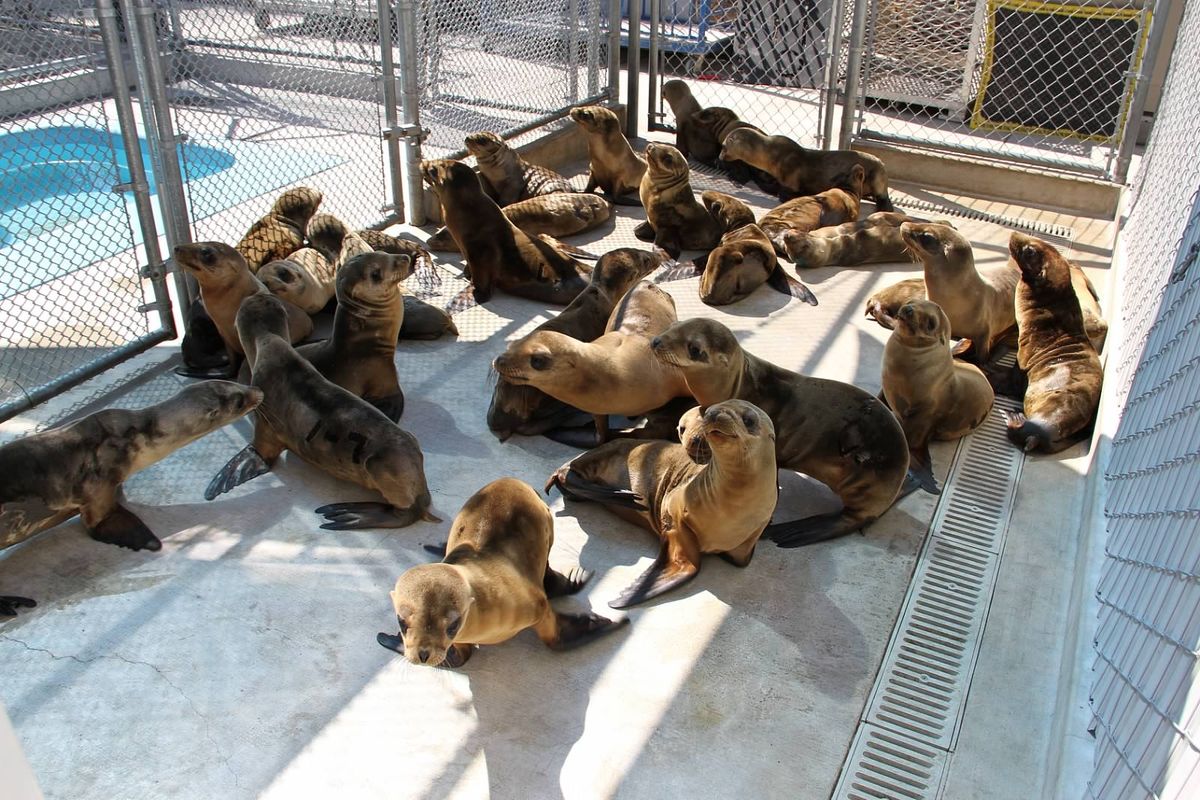Spike in Sick Sea Lions Along Calif. Coast Puzzles Scientists

Sickly, emaciated sea lion pups have been turning up on California's coastline in unusually high numbers since January — with live strandings nearly three times higher than the historical average.
Officials say the strandings have intensified this month, and they're starting to investigate the possible causes, while marine mammal rehabilitation centers in the area have been overwhelmed with starving, hypothermic and dehydrated pups.
The problem is most pronounced in Los Angeles County, where 395 sea lion strandings have been reported this year as of March 24, according to the National Oceanic and Atmospheric Administration (NOAA). During the same period in 2012, just 36 strandings were reported.
Stranding rates are also high in Orange County, where 189 sickly sea lions have come ashore, compared with 20 last year. And in San Diego County, strandings stood at 214, compared with 32 last year.
Last week, NOAA declared an "unusual mortality event," from January to the present and has launched an investigation, which will involve testing blood and tissue samples from both live and dead sea lion pups for bacterial, viral and other infectious agents as well as radioactive traces. [Photos: World's Cutest Baby Wild Animals]
Officials from the Marine Mammal Care Center in San Pedro, Calif., told the Los Angeles Times that they are treating about 100 animals and have seen as many cases since January that they would normally see in a year.
The goal is to get these sea lions healthy and rehabilitated so that they can be safely released back into the wild. But sometimes the animals strand themselves again and again and then go on to become research subjects.
Sign up for the Live Science daily newsletter now
Get the world’s most fascinating discoveries delivered straight to your inbox.
Take Ronan, for example, a California sea lion that stranded three times before she was taken in to the Pinniped Cognition and Sensory Systems Laboratory at the University of California, Santa Cruz. She made headlines this week when researchers published the results of a study that showed the sea lion had learned how to headbang to songs like the Backstreet Boys' "Everybody." Ronan might be the first non-human mammal to prove she can dance.
Follow Megan Gannon on Twitter and Google+. Follow us @livescience, Facebook & Google+. Original article on LiveScience.com.











